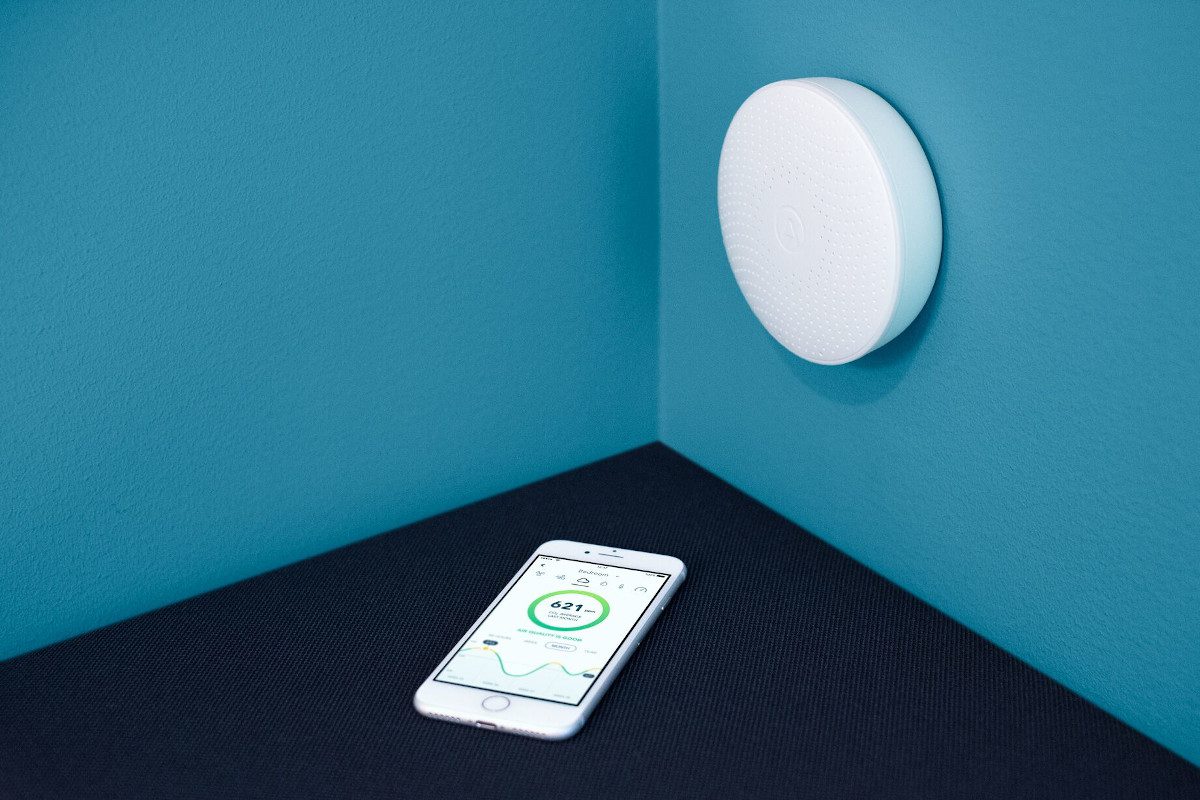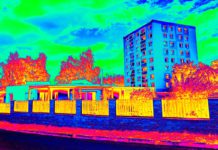
Radon Awareness Week 2019 is running from 4-10 November, and as the campaign website explains, exposure to radon gas is the leading cause of lung cancer in non-smokers and is responsible for over 1100 deaths in the UK every year. High levels of radon can be found in buildings of any type, size or location with occupants unaware of the potential danger unless a specific test has been carried out.
Experts will be taking to the airwaves over the five-day event, explaining more about this seemingly hidden public health danger, including recent findings from Public Health England and UCL, which looked at almost half a million homes and deduced that current building practices – and the push to make energy-efficiency improvements – are making things worse.
This, in turn, will lead to an increase in the number of lung cancer deaths attributable to radon exposure.
Indoor air quality specialist and radon expert Airthings, was among firms offering insight into the problem: “Radon enters a building as the air pressure within a building is usually lower than the pressure in the soil and rocks around the building’s foundation. It enters through a process referred to as advection. This is where the gas moves from a point of higher pressure (the ground, soil and rocks) to a point of lower pressure (the building). The difference in pressure causes the building to act as a vacuum, drawing radon in through foundation cracks and other openings. It is at this point that the radon becomes trapped within the building and where the levels can start to build up.”
To help people further understand radon and how it can be combatted, Airthings has compiled its top five easy tips for reducing the radon levels indoors, which are included below.
1. Ventilation
Experiment with ventilation by opening windows and vents to ensure air is flowing throughout the house.
2. Sealing access points
Draft excluders and rubber seals are an inexpensive way to seal around doors and other access points in a building. This can be beneficial if the aim is to reduce radon levels in basements.
3. Caulking
Using caulking products will enable you to seal entry points in floors and walls of the home.
4. Clear natural underfloor ventilation
Homes with a suspended ground floor and space underneath often have underfloor vents. Oftentimes these can become blocked with foliage or dirt, clear the obstruction to improve the ventilation. Please note, some are intentionally blocked to prevent drafts, so speak to a professional if you are unsure.
5. Sealing cracks
Radon often enters buildings through the ground. Sealing large cracks and openings in any home is good for energy consumption and can also help with radon. As a gas, it can still get through smaller cracks, but as with anything, large entry points are unhelpful. There are numerous professionals that can help with this process too.
The firm says the only way to know whether elevated levels of radon are present is to use a device which monitors radon levels in the property for a period of time. “The most common type of radon test kit used today is based on charcoal or film canisters, which only provide a short-term measurement (days) and require being sent to a lab for analysis where a charge would apply. This is problematic as radon levels fluctuate significantly over time,” says Airthings.
The use of radon maps is said to be widespread but an inadequate surveying tool.

Airthings, has introduced its Wave Plus indoor air monitor in the UK, which measures the radon levels in a home as well as CO2, TVOCs, temperature, humidity and air pressure. The firm claims the instrument “fundamentally changes the way radon is measured by using digital sensors and smart home technology. This allows for the unique combination of real-time radon levels and long-term measurement, which is crucial for health and wellness.”
Radon Awaraeness Week is being run jointly by the UK Radon Association, Public Health England and BRE Academy. To find out more, visit the campaign website.







